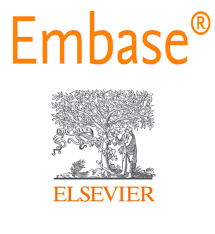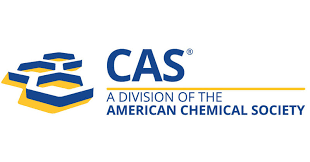Clinicopathological Features and Treatment Outcomes of Double-Positive (ANCA and Anti-GBM) Glomerulonephritis: A Case Series from India
Keywords:
Double-positive Glomerulonephritis, Anti-GBM disease, ANCA-associated vasculitis, rapidly progressive renal failure, Diffuse alveolar haemorrhage.Abstract
Background: Double-positive glomerulonephritis, defined by concurrent anti-glomerular basement membrane (GBM) and myeloperoxidase-antineutrophil cytoplasmic antibody (MPO-ANCA) positivity, represents a rare but severe form of small-vessel vasculitis. This case series examines the clinical characteristics, histopathological features, treatment strategies, and outcomes of patients with Double-positive Glomerulonephritis (GN) in a tertiary centre in India.
Materials and Methods: We retrospectively reviewed 48 patients diagnosed with anti-GBM disease from 2020 to 2024. Among them, 7 were double positive for ANCA and anti-GBM antibodies. Data on demographics, clinical presentation, laboratory findings, renal histopathology, treatment, and outcomes were collected and analysed.
Results: The median age was 33 years (range, 10–63), with a female predominance (n=5, 71.4%). All patients were anti-MPO positive and anti-GBM antibody positive. Renal involvement was universal, with 85.7% presenting with rapidly progressive renal failure. Pulmonary involvement was noted in 3 patients (42.8%), including diffuse alveolar haemorrhage, organizing pneumonia and interstitial lung disease. The median serum creatinine at presentation was 7.3 mg/dL (range, 6.1- 11.0mg/dL). Histologically, 6 patients had crescents in >50% of glomeruli. All patients received methylprednisolone pulses followed by oral prednisolone and cyclophosphamide; 3 underwent plasmapheresis. Despite immunosuppression and plasmapheresis, five patients (71.4%) remained dialysis dependent. Two patients showed partial renal recovery.
Conclusion: Double-positive glomerulonephritis represents a distinct, aggressive clinical phenotype with poor renal outcomes despite intensive immunosuppression. Early and aggressive immunosuppression with steroids, cyclophosphamide, and plasmapheresis may improve short-term outcomes, although many patients remain dialysis dependent.
.png)









